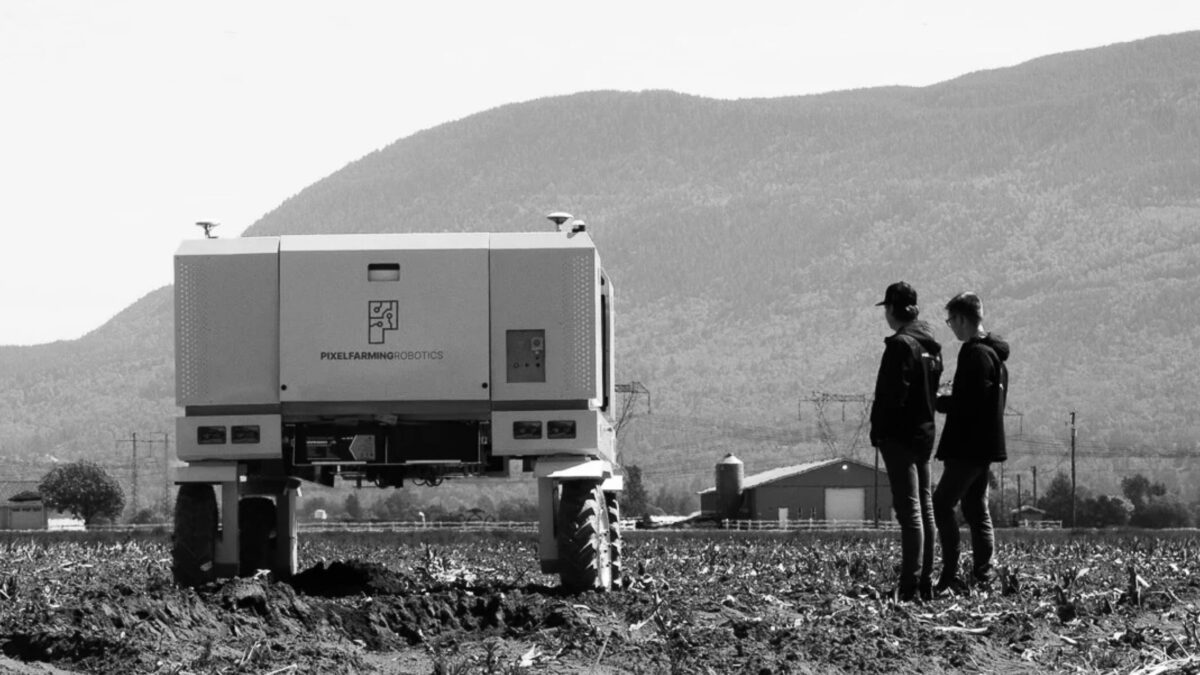In a bid to bolster food security and improve the efficiency of agricultural practices, farmers in British Columbia are receiving new support to adopt cutting-edge, labor-saving technologies. This initiative aims to enhance the profitability and productivity of farms across the province, making them more resilient and capable of meeting growing demands.
The B.C. On-Farm Technology Adoption Program, which is now open for applications, offers farmers access to up to $2 million in funding provided jointly by the Canadian and British Columbian governments. This financial support is intended to help farmers integrate innovative technologies into their operations, with the ultimate goal of improving their ability to grow, harvest, and store food.
This second wave of funding places a strong emphasis on the adoption of commercially available technologies that can significantly enhance farming efficiency. By focusing on tools that address labor shortages, the program is designed to streamline labor-intensive tasks, allowing farms to operate more effectively and profitably.
Eligible farmers can use the funds to invest in advanced equipment and robotics that are capable of functioning autonomously and adapting to different environments. Examples include automated weeding systems, harvesting machinery, and grading and sorting equipment that requires minimal human intervention.
Applications for this round of funding are being accepted from August 20 to October 6, 2024, offering a limited window for farmers to take advantage of this opportunity.
The B.C. On-Farm Technology Adoption Program is part of the Integrated Marketplace initiative, managed by Innovate BC, a Crown agency under the Province of B.C. The program is supported by the Sustainable Canadian Agricultural Partnership, a comprehensive five-year, $3.5-billion investment by federal, provincial, and territorial governments. This partnership is designed to enhance the competitiveness, innovation, and resilience of Canada’s agricultural sector, with $1 billion allocated for federal programs and $2.5 billion cost-shared between federal and provincial/territorial governments. This collaboration ensures that the funding and programs are tailored to the specific needs of each region, thereby strengthening the overall agricultural landscape in Canada.

